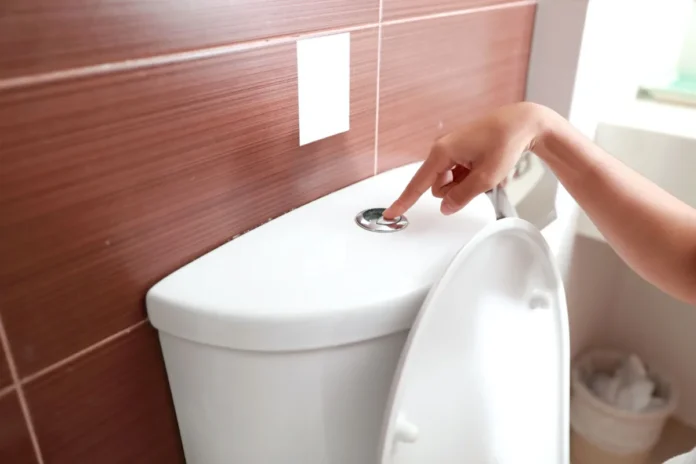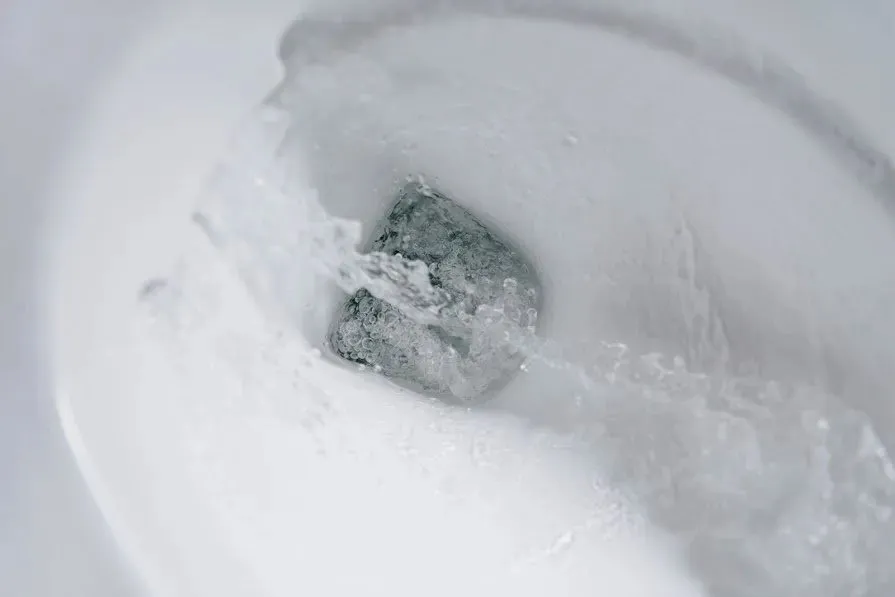The greatest thing about the modern toilet is not its comfortability, design, or location. It’s the flush that was the revolution. Just pull the lever or push the button, and everything goes down the drain like all our problems would in the perfect world. But a slow flushing can make the experience torture. How can you make your once perfectly flushing toilet great again? Let’s look at why the flush gets weak and how it can be fixed.
The Reasons Why Your Flush Gets Weak and Slow
There is no standard and simple answer to the question of why. The reasons for your toilet flush to lose its efficiency are different, but they all result in the same: The flush isn’t strong enough to remove the waste. It’s intolerable for many reasons, the first being the odor and the second the possibility that the problem will aggravate. The most common reasons for it are the following.
Too low water level
It takes a certain amount of water to flush efficiently. If there isn’t enough water in the tank, you may have to repeat the procedure more than once, and still, it can lack force. Why does it happen?
- The water supply is cut. There can be an incident with the water supply somewhere up the pipe; in this case, you need to call the plumber to fix it, or, if the problem is major, just wait until the company solves it.
- You have turned the water supply off and forgotten about it. It may happen if you have been away for days; in this case, cutting the supply is a reasonable precaution. You can visit the toilet once and flush successfully without even noticing. But the second time, there won’t be enough water left in the tank even for one flush.
- The flush system needs adjustment. If the flapper is set too low, so will the water level in the tank.
This problem can be solved by yourself or by waiting until the professionals handle it if it happens outside your property.
Clogs in the drain
Well, it can happen, too, if you have been careless enough to allow it. A fully blocking clog is hard to ignore, and nearly everybody knows how to use a plunger to remove it. It’s harder with partial clogs because they do not fully prevent the flush but build up with time. Even if they don’t, they stand in the way, so it takes longer for the water from the bowl to go down with the waste.
Can they be handled with a plunger as well? It’s worth a shot. If it doesn’t work, you can try using a drain snake going down the drainpipe and efficiently cleaning it up. Finally, if there are strange unidentified objects that cannot be removed this way, it’s time to turn to help.
Mineral buildup
The water coming into your taps is never chemically clean. It always has some mineral additives (if there are more of them, it’s so-called hard water), and when it goes down the drain from your toilet bowl, it gets even more contaminated. Some minerals from your waste add to those the water initially has, and it may result in chalk and limestone buildup inside the pipes.
What can be done about it? There are chemical and mechanical solutions to remove the buildup, though they mostly need to be applied by professional plumbers. To prevent the buildup, you may install a water softener to reduce the amount of minerals in the water.
Flapper and valve issues
The flapper and the valve may be durable but not eternal. As time goes by, they wear out. And if (or rather when) it happens, the water will start leaking out of the tank to the bowl in small streams that first go unnoticed. Yet if it gets strong enough, it will prevent your tank from getting full, thus reducing the amount of water used for flushing. And this is not water-saving at all.
How can it be detected? Listen to your toilet after the tank gets full. The small stream through the bowl may be too weak to be observed visually, but some flowing sound still unmistakably indicates the problem. If it’s the case, you need your valve repaired or replaced. Yes, you can open the tank and fix it yourself if you have the skill. Otherwise, you will need some hired help.
Other reasons
The reasons for slow flushing may have nothing to do with your toilet at all. For example, it can happen because of poor ventilation in the drainpipes. They need a vent to maintain the right pressure level to allow your water to go down the pipe. Otherwise, the gases will block the pipe completely. Other reasons may be beyond your imagination; if there is definitely none of those listed above, it’s time to call the professional.
Fixing Your Toilet: DIY or Call a Plumber?
It seems a great idea to avoid spending money on the plumber’s service and solve the problem with your own hands. Sometimes it’s actually possible. For example, you can try the following:
- Open your tank and fix the flush system. If you haven’t done it before, there are manuals available for most models.
- Apply cleaning chemicals to your drainpipes to remove the buildup. Some recipes only require household chemicals, like baking soda and vinegar.
- Use the drain snake to solve the problem of partial clogs.
- Use the plunger!
If none of these methods works and you realize you need to call a plumber or contact your water supply company, do it as soon as possible. Yes, this means you have to pay… or to wait, or maybe both. But it will get the job done in the end.
So, here are the most common reasons why your toilet is flushing slower than it should. What you definitely can do yourself is detect the reason (at least, if it lies within your reach). If not, the best thing you can do is call a plumber as soon as possible. And then take some measures to prevent problems like sediments or water drainage. Hope it was helpful to you.



















